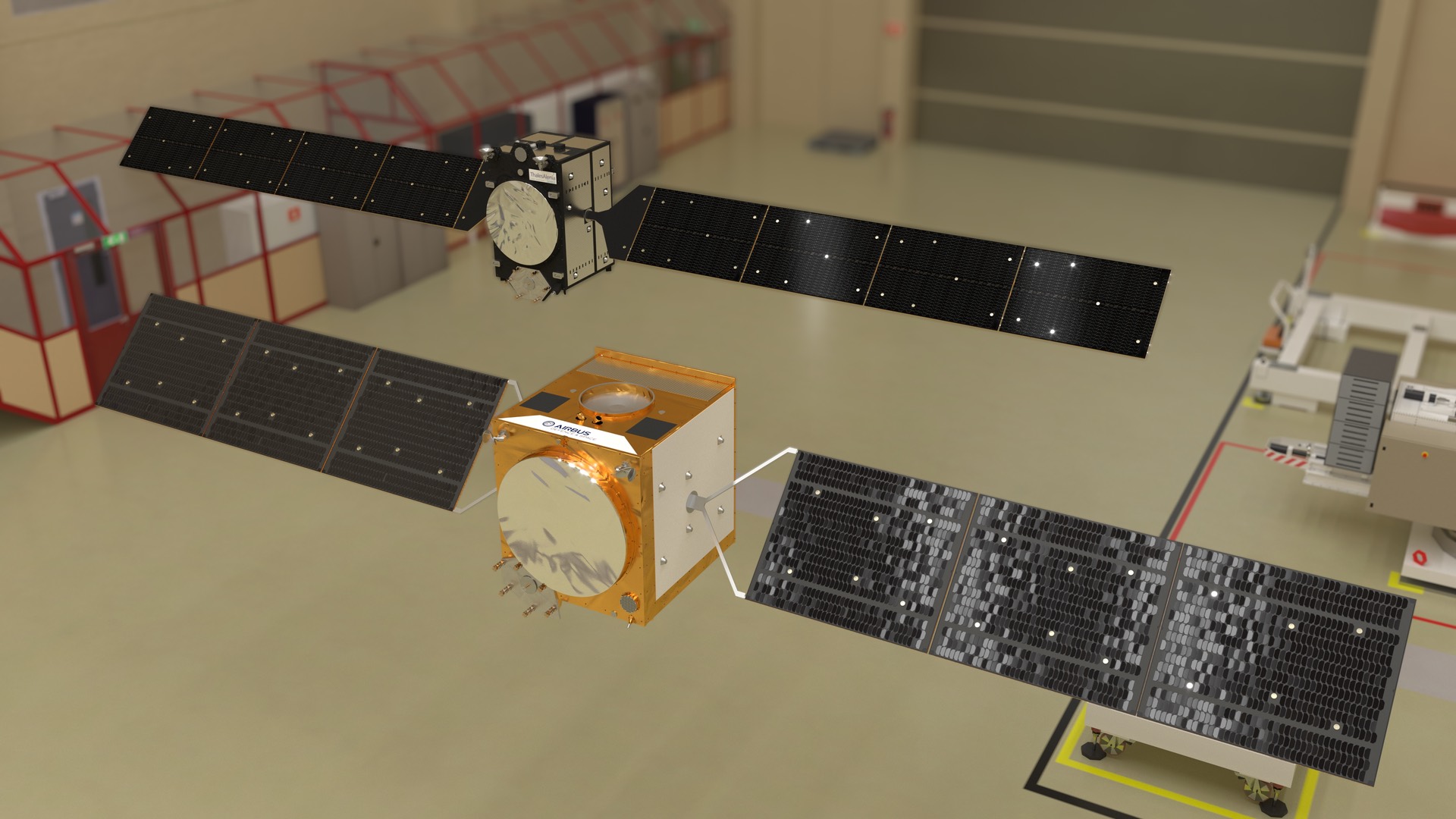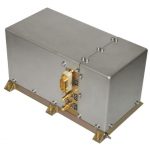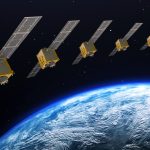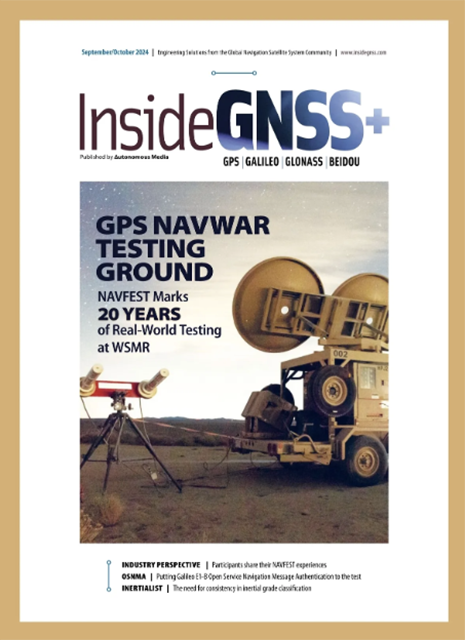The development of the Galileo Second Generation (G2) satellites has achieved a significant milestone as independent Satellite Critical Design Review (CDR) boards have confirmed that the satellite designs meet all mission and performance requirements. This accomplishment marks another step forward in the schedule to develop the first 12 satellites of the G2 fleet.
The European Galileo navigation system is preparing for the launch of its Second Generation, which promises enhanced positioning, navigation, and timing capabilities to support various user needs and services. The G2 fleet will consist of two different satellite families being developed concurrently, both of which have recently undergone rigorous assessment by the European Space Agency (ESA)-led CDR boards.
Detailed Design Review
The CDR boards, comprising senior experts from ESA, the European Union Agency for the Space Programme (EUSPA), and the European Commission, have validated that the satellite designs from Thales Alenia Space and Airbus Defence and Space meet the full mission profile, can be operated from the Galileo ground segment, and are compatible with the Ariane 6 launcher.
On April 18, the first board reviewed the Thales Alenia Space satellite design, followed by a review of the Airbus Defence and Space design on May 16. These reviews took place at ESA’s European Space Research and Technology Centre (ESTEC) in the Netherlands, with preparatory meetings at the respective industry offices.
Innovative Satellite Features
The Galileo Second Generation satellites aim to enhance satellite navigation with several advanced features. They will include fully digital navigation payloads, electric propulsion systems, more powerful navigation antennas, inter-satellite link capabilities, and advanced atomic clocks. These features will provide a high degree of flexibility and enhanced performance.
With the CDRs successfully completed, production of the G2 satellites is moving forward rapidly. The onboard equipment and satellite structures are being manufactured, and assembly and integration of the components into proto-flight models will begin soon. In the coming months, the first satellite compatibility test campaigns will validate the communication between the satellites and the ground segment.
Miguel Manteiga, Head of the Galileo Programme Office, commended the teams involved in the CDR process, stating, “It is remarkable to see how, when faced with the most exigent requirements for GNSS satellite systems in history, European industry can answer in time to deliver a state-of-the-art design. We are really looking forward to ramping up manufacturing and to starting the System Compatibility Test campaigns with satellites, ground segment, and Galileo receivers.”
Future Launches
Currently, the Galileo constellation comprises 30 First Generation satellites, with an additional eight ready for launch—two scheduled for September this year and six more starting in 2025. Launches of the Second Generation satellites will commence before the end of the decade.






